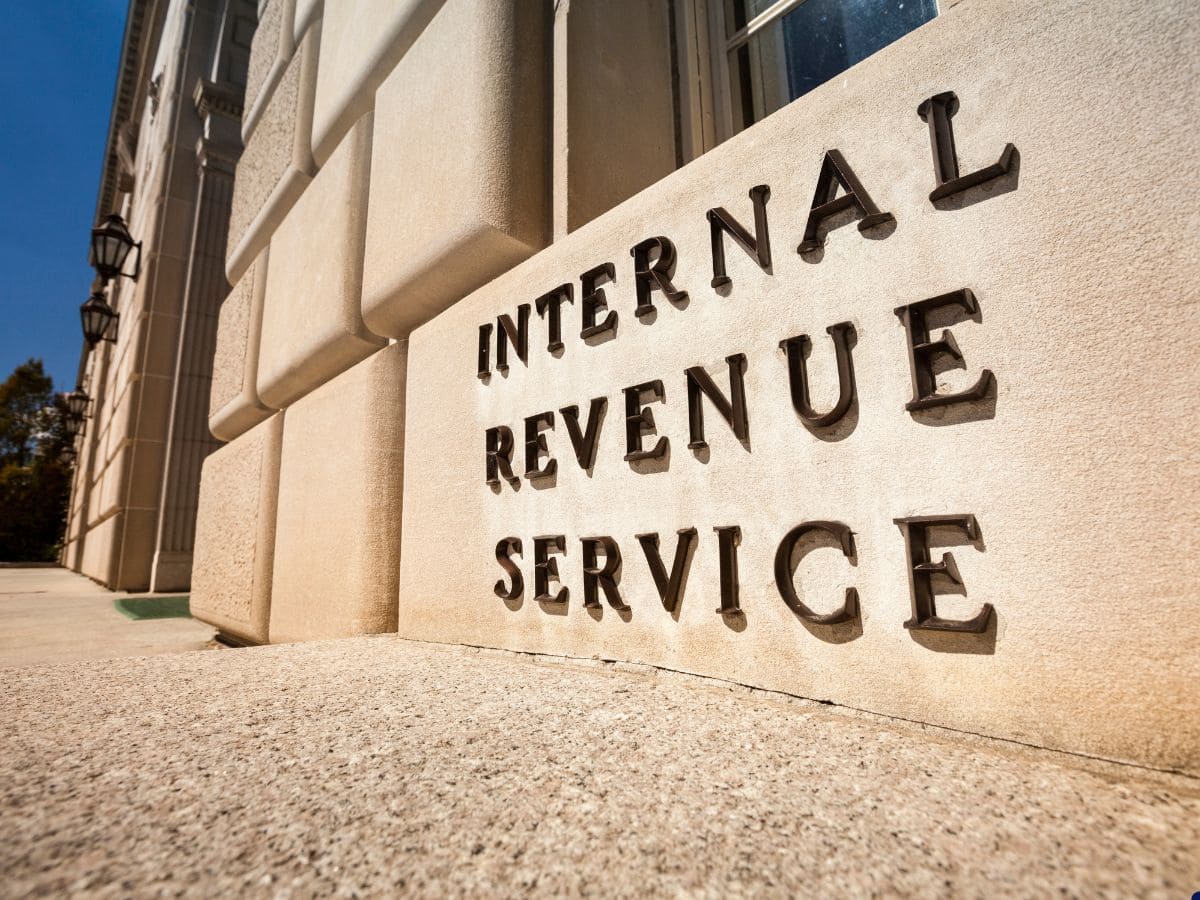Although the April 15 deadline has passed, that doesn’t mean your contact with the IRS is over. For millions of taxpayers in the United States, the post-tax season is just as important. Whether you filed on time, requested an extension, or are waiting for a refund, now is the time to plan smart.
One of the most common questions after the deadline is: When will my refund arrive? Another important question is what steps to take if you requested an extension to file until October. Now is also the ideal time to review your withholdings and prepare for 2026. Although it may seem far away, the next tax cycle will be here sooner than you think.
During this phase, being aware of the tools offered by the IRS, such as the “Where’s My Refund?” portal, can make all the difference. It’s also important to know the upcoming key dates for quarterly payments or to update your W-4 form if your employment or family situation has changed. Ongoing planning is the best defense against tax surprises.
What happens with the IRS after April 15, 2025
For those who have already filed, the next logical step is to wait for your refund. The IRS says that most payments are issued within 21 days, although it may take longer if there were errors or if your return requires additional review.
You can track the status of your refund on the IRS’s “Where’s My Refund?” portal, available in Spanish and English. To do so, you will need your Social Security number, your filing status, and the exact amount of your expected refund.
If you requested an extension, remember that only the filing deadline is extended, not the payment deadline. If you did not pay your taxes by April 15, interest and penalties may apply. The new deadline to file your return is October 15, 2025.
It’s also a good time to keep a copy of your return and supporting documents. That way, you’ll have everything ready if any issues arise or the IRS requests additional verification.
Key dates and preparation for the rest of the 2025 tax year
Although your annual tax return is now complete, the tax year continues. Here are some important dates and actions to keep in mind:
- June 15: Second estimated IRS payment for self-employed individuals or those without automatic withholding.
- September 15: Third estimated IRS payment.
- October 15: Deadline to file if you requested an extension.
- December 31: Last day to make tax adjustments that will impact your 2025 return.
In addition to marking these dates, it’s a good idea to review your W-4 form if you changed jobs, received additional income, or your personal deductions have changed. This can prevent you from overpaying or owing money next year.
You can also use tools such as the IRS’s “Tax Withholding Estimator”, which helps you calculate whether your current withholding is adequate.
Finally, remember that there are deductions and credits that could benefit you, such as those related to education, child care, or energy efficiency. By planning now, you can maximize your refund or reduce your tax burden in the next cycle.
In conclusion, the end of tax season doesn’t mean you can forget about the IRS until next year. Good fiscal management is ongoing and can save you money, time, and worry.








